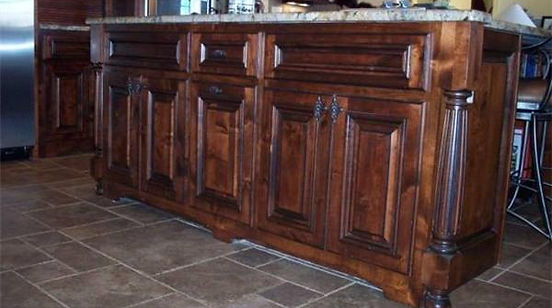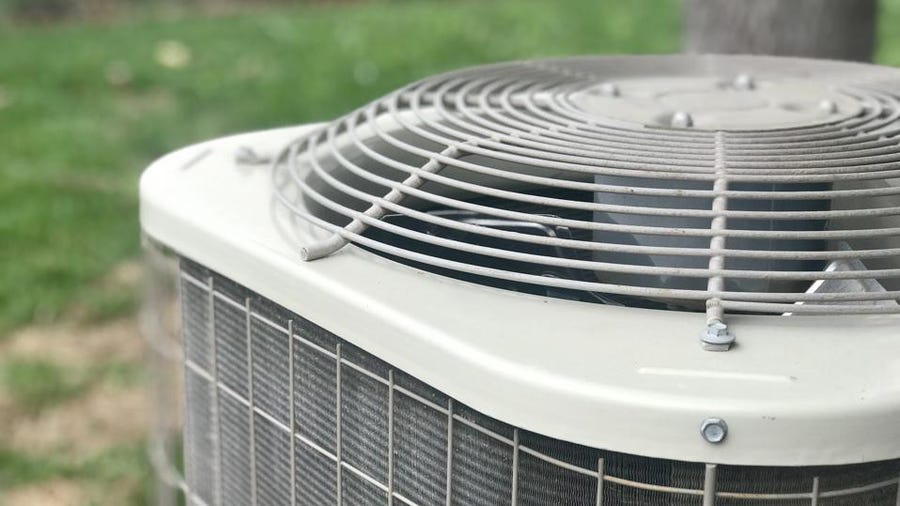
If you enjoy plumbing and are interested in repairing them, you might be interested in a career as either a plumber, pipefitter, steamfitter, or both. The employment of plumbers, pipefitters, and steamfitters varies with the general economy, and there are periods when construction activity is low. However, even when the economy is weak, the need for plumbing systems will continue.
Jobs for pipefitters, steamfitters, or plumbers
The installation and repair pipelines are part of plumbing jobs. Some plumbers may also install heating or cooling equipment, as well as mechanical controls. Some may even install sprinkler systems. Whatever the plumbing job, it is crucial to move fluids or gases through pipes. There are many types and styles of pipe systems, and each requires plumbers or pipefitters.
Over the next decade, plumbing jobs will increase by approximately 4%. The demand for plumbers and pipefitters is expected to grow due to population growth and the retirement of baby boomers. A new construction or renovation will increase the demand for plumbers. A new regulation regarding fire safety will also increase demand for plumbers.

Education requirements
A formal education is required to be a plumber, steamfitter, and pipelayer. Many apprenticeship programs are offered through local unions and other industry groups. A certificate or associate degree program can be obtained through a community college. Most training programs focus on blueprint reading, hands-on plumbing, and mechanical work. These programs may also include code studies for plumbing and parts service and repair.
The education requirements of plumbers, pipefitters and steamfitters differ from one state to the next. In New York City, for example, the licensing requirements are for three years. However, in Onondaga, New York, they are annually. New York City is one example of a municipality that requires continuing education to keep their license current. However, continuing education is not required for many smaller cities.
Your job duties
Pipefitters and plumbers perform many tasks at home and work. They install, maintain and test heating and plumbing systems. They might also be responsible for other tasks, such as checking gray water systems and installing automatic commands. Many plumbers have assistants that assist them in the course of their work.
Apprentices who are plumbing or steamfitter can often learn the trade during a four-to-five year apprenticeship. These programs combine classroom study with on-the job training. Apprentices learn how to read blueprints and plumbing codes. Apprentices also learn mathematics, applied physics and chemistry. Apprentices can also be employed as helpers and may perform other tasks such as lifting materials or cleaning up work areas.

You have many career options
Career opportunities for plumbers, pipefitters, and steamfitters are expected to increase by 12 percent from 2014 to 2024. This is due a rise in new construction and the increased demand for plumbing services. However, some employers still report difficulty finding qualified workers. O*NET, a source that offers valuable information about workers, is one.
Apprenticeships in pipefitting, steamfitting, or plumbing provide hands-on training. Apprentices get 2,000 hours of paid training on the job each year. They also receive technical instruction like blueprint reading, safety procedures and plumbing codes. Apprentices are also offered classes in applied physics, chemistry, and mathematics. Some unions also offer training programs for pre-apprenticeship.
FAQ
What documents should I bring when I apply for building permission?
You will also need to show proof of your SCA.
-
There is adequate parking space available for visitors;
-
There are several access routes that can be used.
-
All utilities are readily available.
-
All works are compliant with the relevant planning regulations.
Do I need a lawyer to sign my Service Agreements?
No. To sign service agreements, you don't have to be a lawyer. However, you may want to appoint one as a precautionary measure.
A legal representative is someone who acts on behalf of another person. You may wish to appoint someone to represent you professionally if you are a contractor.
This could mean hiring a solicitor or accountant. This could be a matter of appointing someone who will look after your business interests.
In most cases, the client appoints a lawyer. Sometimes, however, the vendor may hire a legal representative.
In each case, having a legal representation means you are legally protected.
Who creates a Service Agreement
The service agreement between your customer and you defines the way you will provide them services. It outlines the customer's responsibilities, what you have to do for them, and when they have to pay you.
Additionally, the service agreement confirms whether additional fees will apply to extra services.
Service agreements should contain all terms and conditions applicable to the contract. This includes payment terms, delivery times, warranties, and the like.
If you use this template, you will cover everything in the agreement.
Who pays for this service?
Your SCA defines who is responsible for paying for the service. In the event that the service provider is not paid fully, they may be eligible to seek compensation from the courts.
Can I cancel or terminate my contract at any time?
Yes. But you must do this within 14 calendar days of signing your contract. Your contract can be ended by giving notice in writing up to seven days before the deadline. However, if you don't give enough notice, you may still owe the contractor money for work already carried out.
What is a Service Agreement Format?
A service contract template is a document that includes all details regarding a service agreement. You can use a service agreement templates to create a standard type of agreement.
Service agreements are essential because they establish the relationship between parties.
They aid in understanding the needs and expectations of both parties. They also make sure both sides know what they are agreeing to before they sign the deal.
Statistics
- (v) Place or places of performance of the prime contract and first-tier subcontracts estimated at $10 million or more, if known. (acquisition.gov)
- (3) The contracting officer may provide for a contract price adjustment based solely on a percentage rate determined by the contracting officer using a published economic indicator incorporated into the solicitation and resulting contract. (acquisition.gov)
- (1) Ascertain the extent to that offers are based on the payment of overtime and shift premiums; and (2) Negotiate contract prices or estimated costs without these premiums or obtain the requirement from other sources. (acquisition.gov)
- (1) Except as provided in paragraphs (a)(4) and (a)(8) of this section, if the estimated amount of the contract or subcontract is $10 million or more, the contracting officer shall request clearance from the appropriate OFCCP regional office before- (acquisition.gov)
- (d) Contractor disputes related to compliance with its obligation shall be handled according to the rules, regulations, and relevant orders of the Secretary of Labor (see 41 CFR60-1.1). (acquisition.gov)
External Links
How To
What should a service arrangement include?
Any business relationship requires a Service Agreement. It outlines what you expect from each other and how you will achieve this. The SA also defines when and where you expect the other party to deliver on its contractual obligations.
The following are key elements for a successful SA
-
Both parties agree on the scope of work and the services they require.
-
Particulars of the payment terms, including delivery dates and start dates.
-
A price agreed upon for the project.
-
Any additional costs such as VAT etc.
-
Whether there is anything else that needs to be discussed.
-
Who will take responsibility if there is an error in the job?
-
How disputes are resolved
-
What happens when one party breaks the contract?
-
What happens in the case of a dispute?
-
When does the contract come into effect?
-
What happens if a party doesn't perform.
-
How long can you wait to pay invoices
-
Who pays for travel costs?
-
Where the money comes from.
-
What happens when the client has a change of mind?
-
What happens to the supplier if they don't show up.
-
Who is allowed to access the site during construction
-
What happens if the client cancels the project?
-
What happens when the product is defective?
-
What happens when the manufacturer refuses supply?
-
What happens when the equipment stops working?
-
What happens if a project takes longer than expected?
-
What happens when the work is not completed within the specified timeframe?
-
What happens when the project's quality falls below what you expected?
-
What happens if the cost overruns.
-
What happens if materials are not delivered on time?
-
What happens if the material arrives damaged.
-
What happens if the products aren't up to standard?
-
What happens if the job is canceled before completion.
-
What happens if the company goes bankrupt?